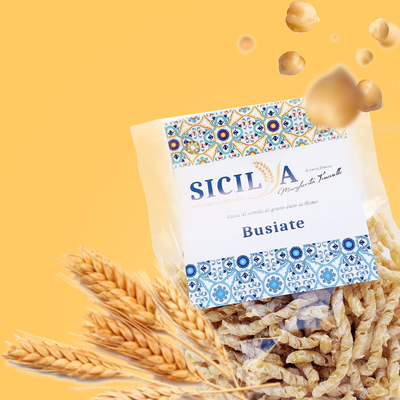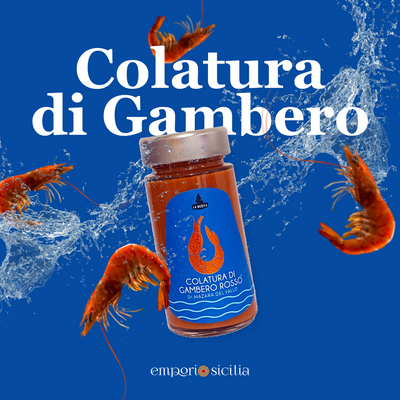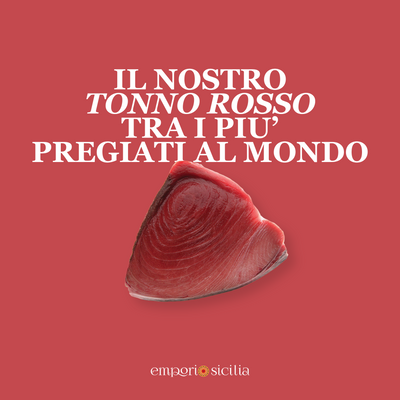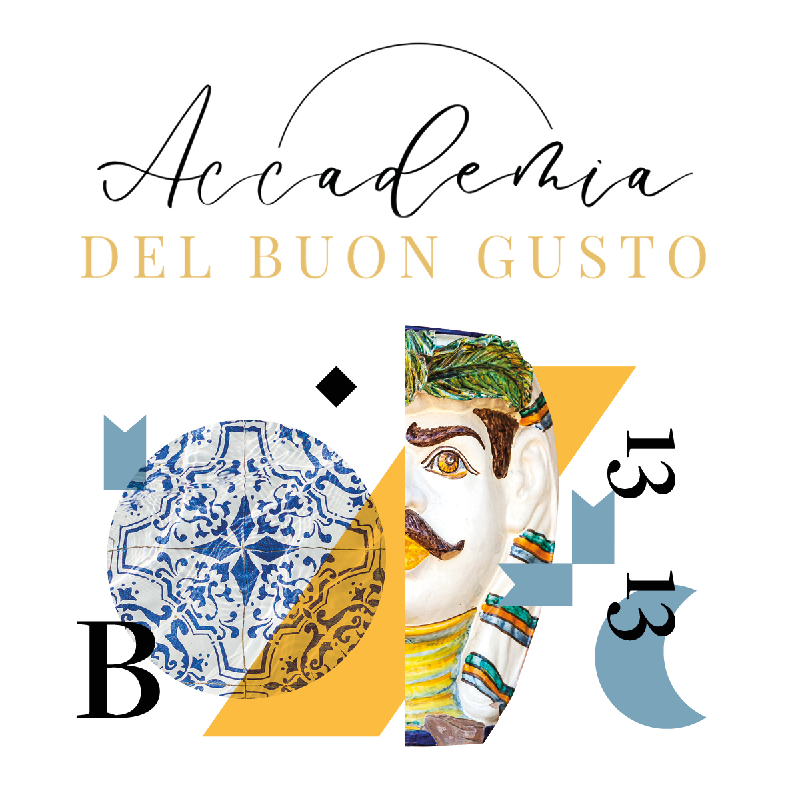Spending Easter Sunday in Prizzi, a small "crib" perched on the mountain of the same name, can give you a rather curious and suspenseful experience: coming face to face with the Devils and Death!
And at that point anything can happen, for example, being captured by the Devils and being "forced" to follow them in their wild dances from which you can only free yourself by redeeming your soul with an offering... instantly rewarded with a nice gadget.
All true! If you are expecting a celebration with traditional Easter processions you have to change destination. We do not recommend it, you would miss the opportunity to participate and live, in this delightful village with medieval charm, an extraordinary experience with a sure emotional and visual impact. You will not feel like just spectators but protagonists of an evocative mimic-theatrical event in which profane time is transformed into mythical time. Here Easter is theatre. It is a representation of the conflict, never resolved, between Good and Evil, Life and Death.
The Prizzese celebration, endowed with a strong symbolic charge, has made the ancient village famous throughout the world and attracts many visitors every year. Unusual protagonists are Death and Devils. The town, with its delightful medieval charm, offers itself as an evocative stage.
The tradition foresees two moments: the pagan and folkloristic moment constituted, precisely, by "U Ballu di Diavuli" who, as forces of Evil, will hinder in every way "u'ncontru" (the meeting) which represents the second moment profoundly religious which materializes with the symbolic embrace between the Mother and the Risen Son to remind us of the divine mystery of the Rebirth of Jesus which defeats death.
The ritual show begins with the first light of Easter Sunday, according to a script whose origins date back to 1700.
It all begins at dawn with the evocative ''pigliata da paci'' (taking of peace), a purifying act that the Devils and Death perform in front of the churches of Sant'Anna and
SS Crucifix. The muffled silence of the cobbled streets is broken by the swarming of these disturbing figures and the lively presence of the devils! Little kids-figures, who with great emotional participation, knock on the doors of friends and relatives and wishing "a happy Easter" ask for a small symbolic offering.
At 3 pm sharp, according to tradition, the main scene of the masquerade pantomime begins in the main street.
The actors' costumes are emblematic: Death wears a shapeless yellow suit and a hideous mask, in his hand he nervously holds a crossbow which will be used to indicate to the devils which victims to kidnap; she is accompanied by two devils whose bright red clothes remind, even to the most careless, of the flames of Hell. On their head a frightening mask surmounted by a pair of horns, on their shoulders a goat's fleece and in their hands a chain. The figures move, agile and threatening, among the crowd; the Devils hit the chains on their masks causing a deafening noise and, among them, Death proceeds and searches among the crowd for the "souls to capture". Once identified, he points her out with the crossbow to the Devils who will quickly drag her bodily and take her to "Hell".
The most evocative moment, for popular devotion, is "u 'ncontru" (the meeting) between the Madonna and the Risen Christ accompanied by two angels armed with swords. A meeting energetically hindered by Death and the Devils who, after some false bows of reverence towards the illustrious characters, begin, to the rhythm of the drums, a frenetic dance: back and forth with rhythmic steps. They approach, jumping and running, first to one statue and then to the other to prevent their approach.
A useless test of strength, at the third bow, Mother and Son are close, closer and closer, one in front of the other. The festive notes of the marching band rise into the sky, enveloping everyone present in a joyful and moving atmosphere. The meeting was a success! The Devils gasp under the sword blows inflicted by the two angels. The mournful black cloak quickly disappears, and the Madonna, dazzling with her joyful blue cloak, seems to reassure us: "Once again, my dears, as has happened since the dawn of time, Life triumphs over Death despite everything...".
Gesualdo Bufalino wrote: “At Easter every Sicilian feels not only a spectator but an actor, first sorrowful, then exultant, of a mystery which is his very existence”. And we will have confirmation of this in Prizzi!


































